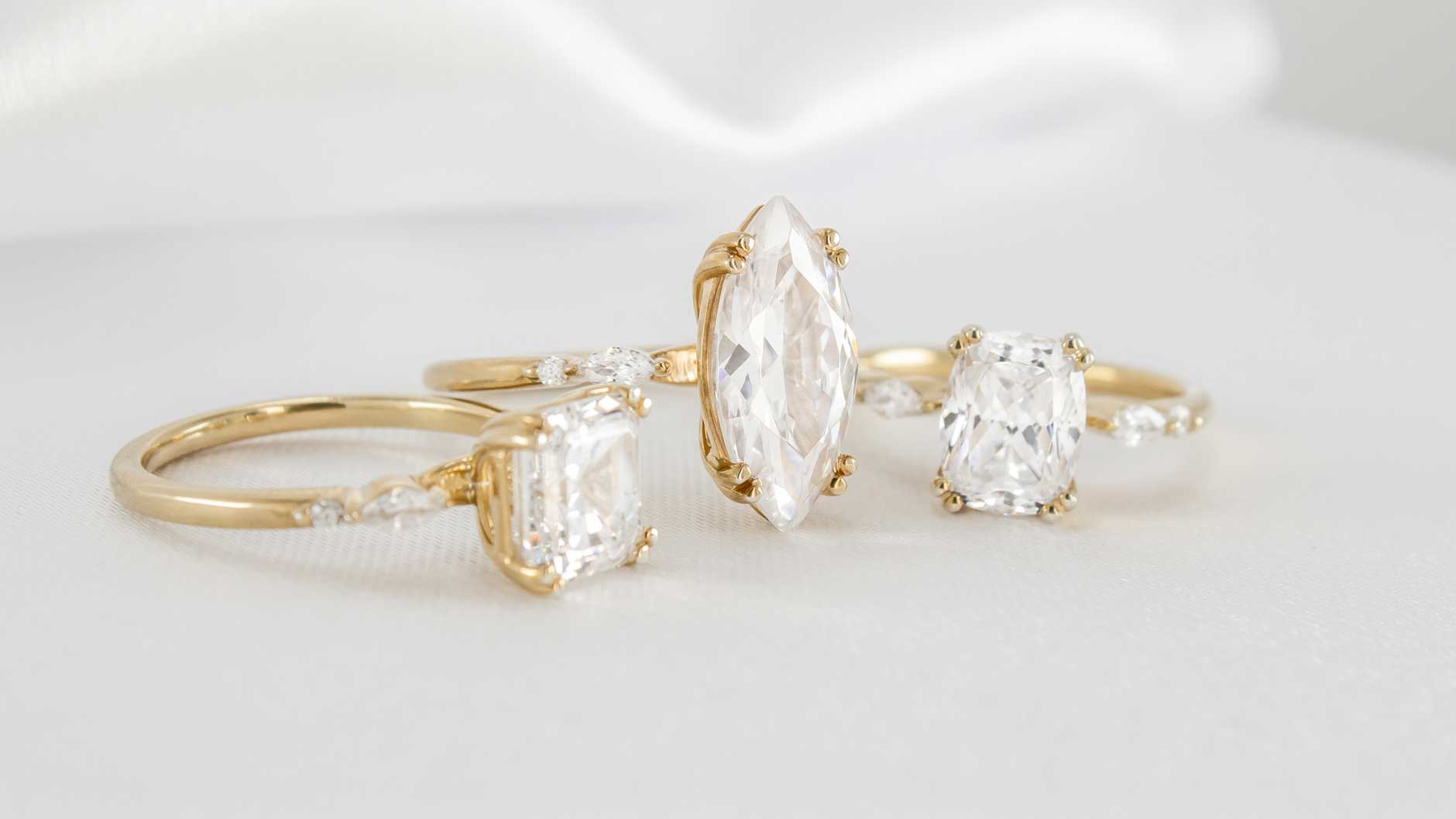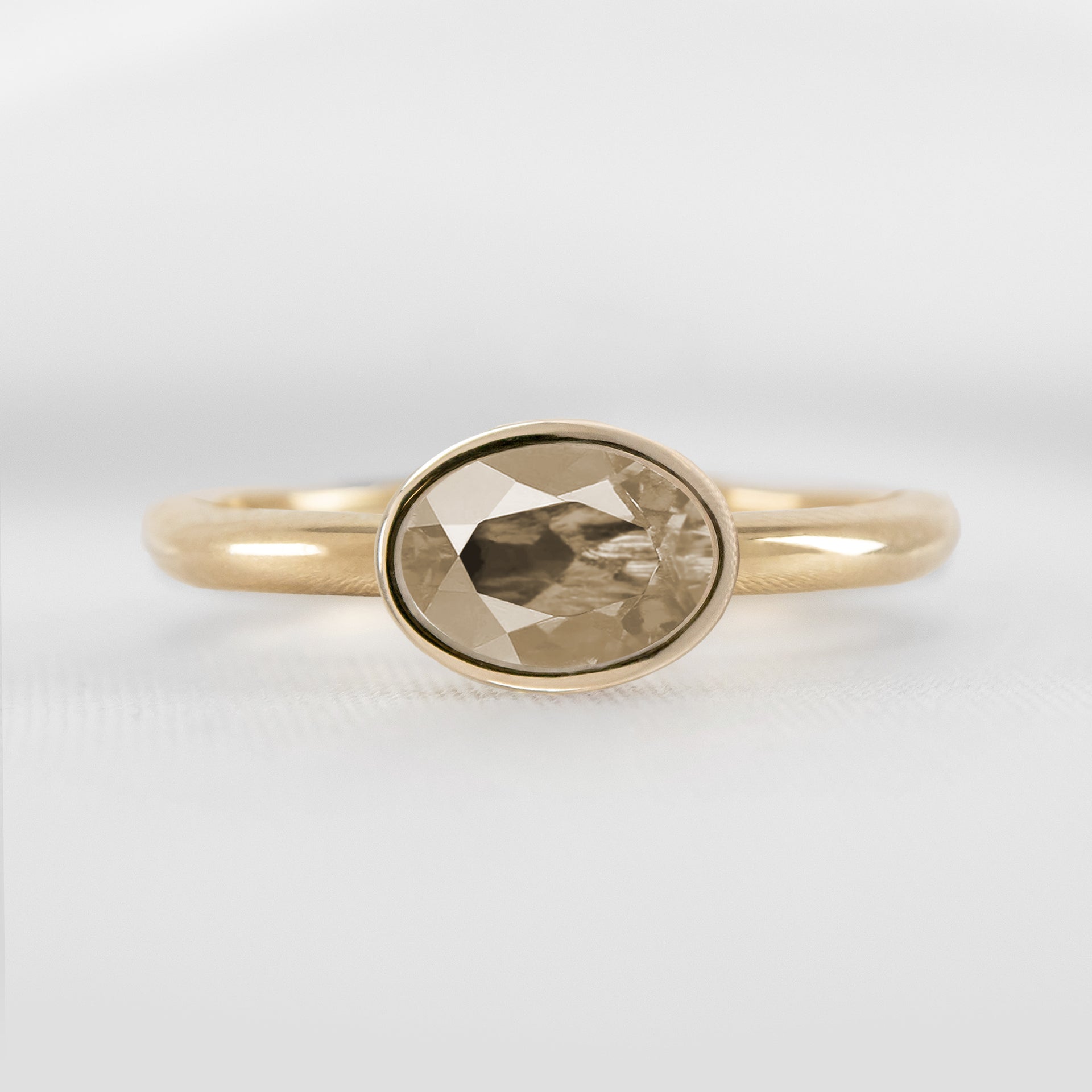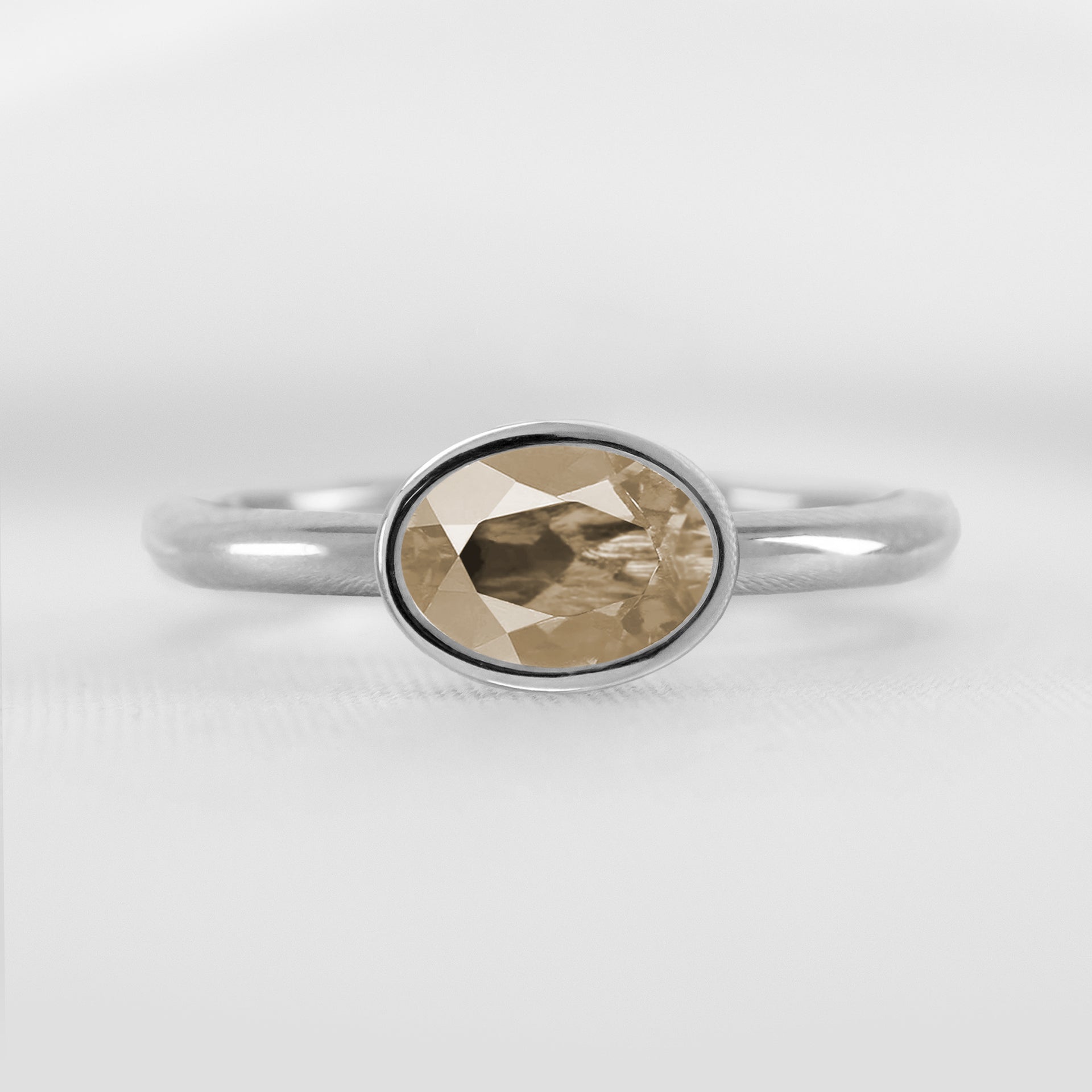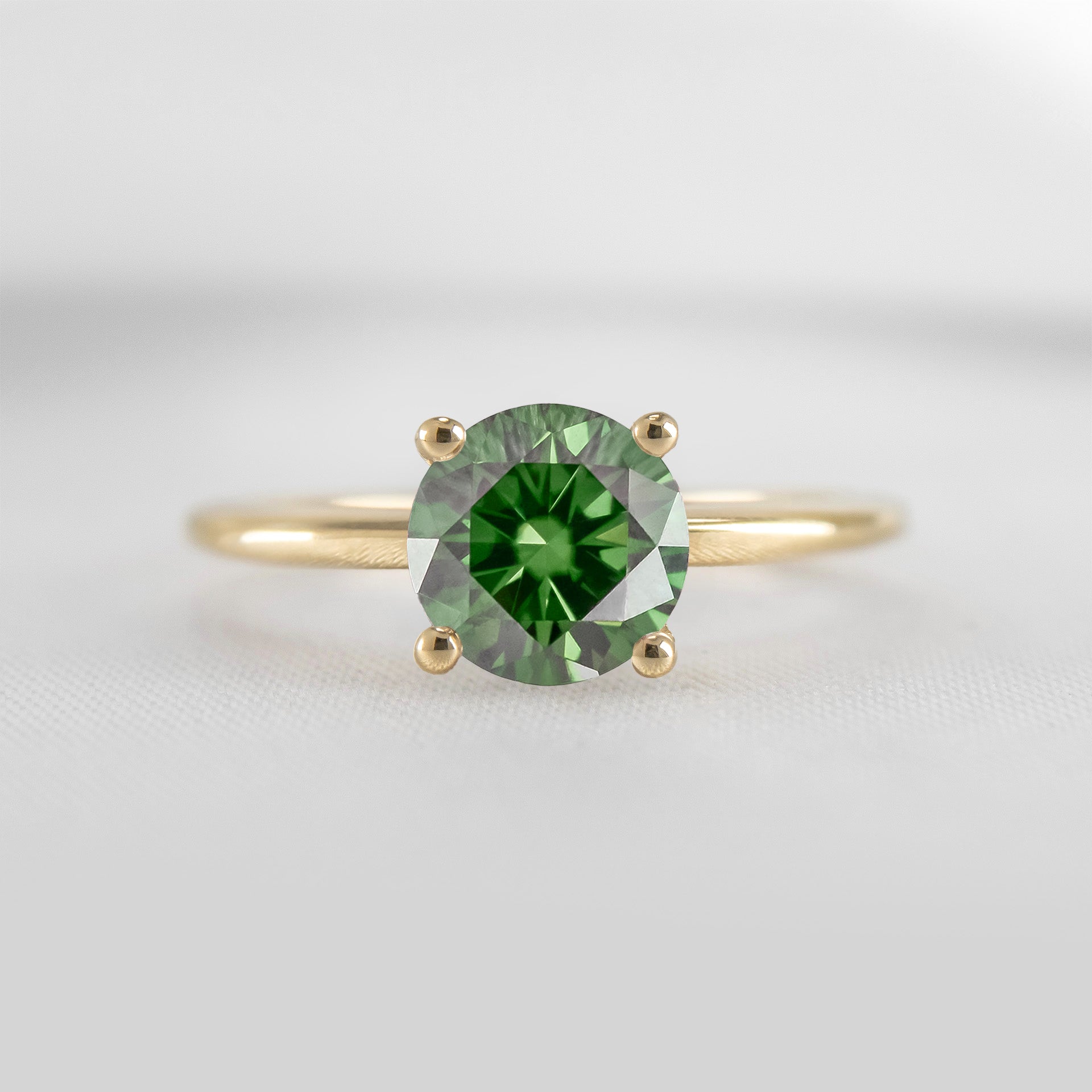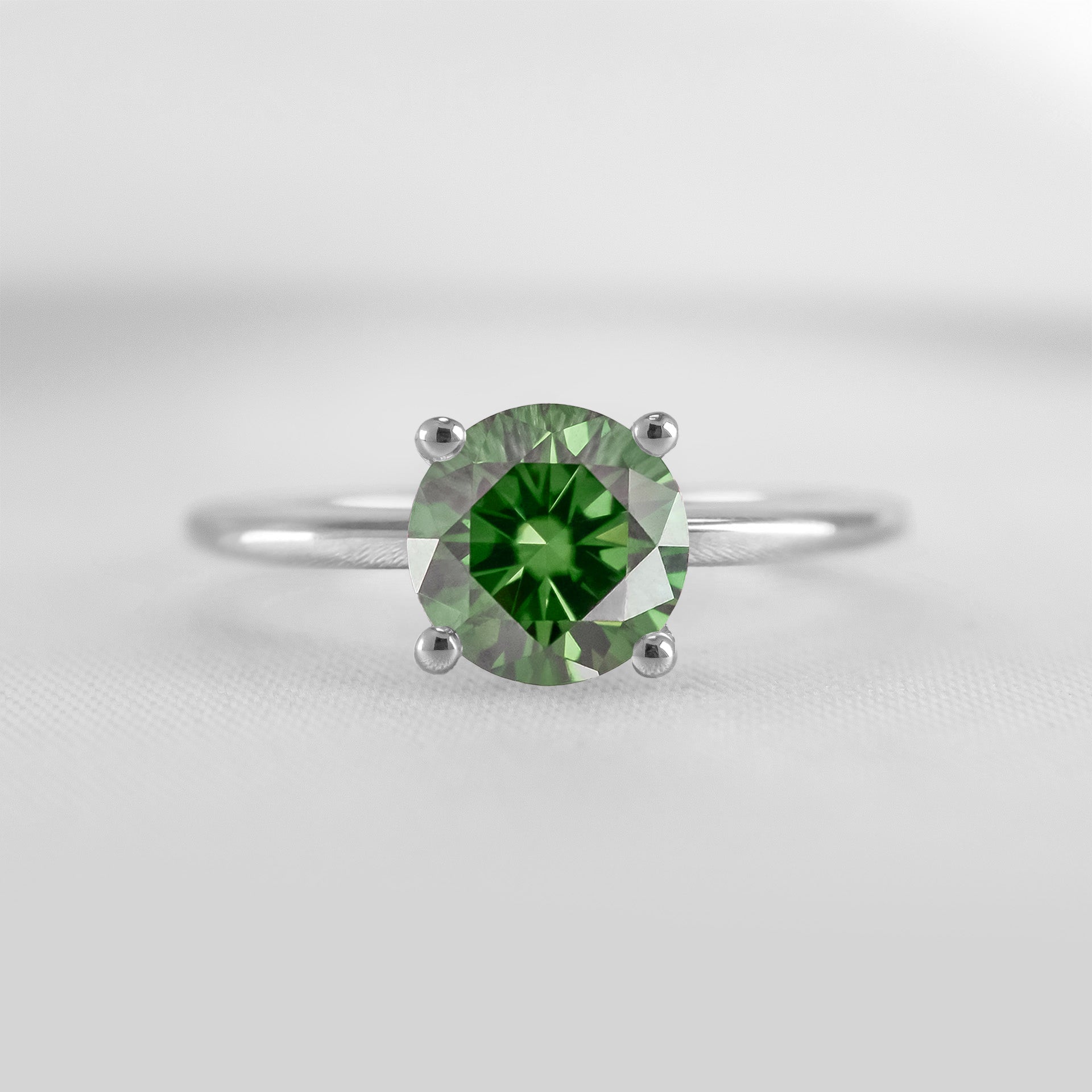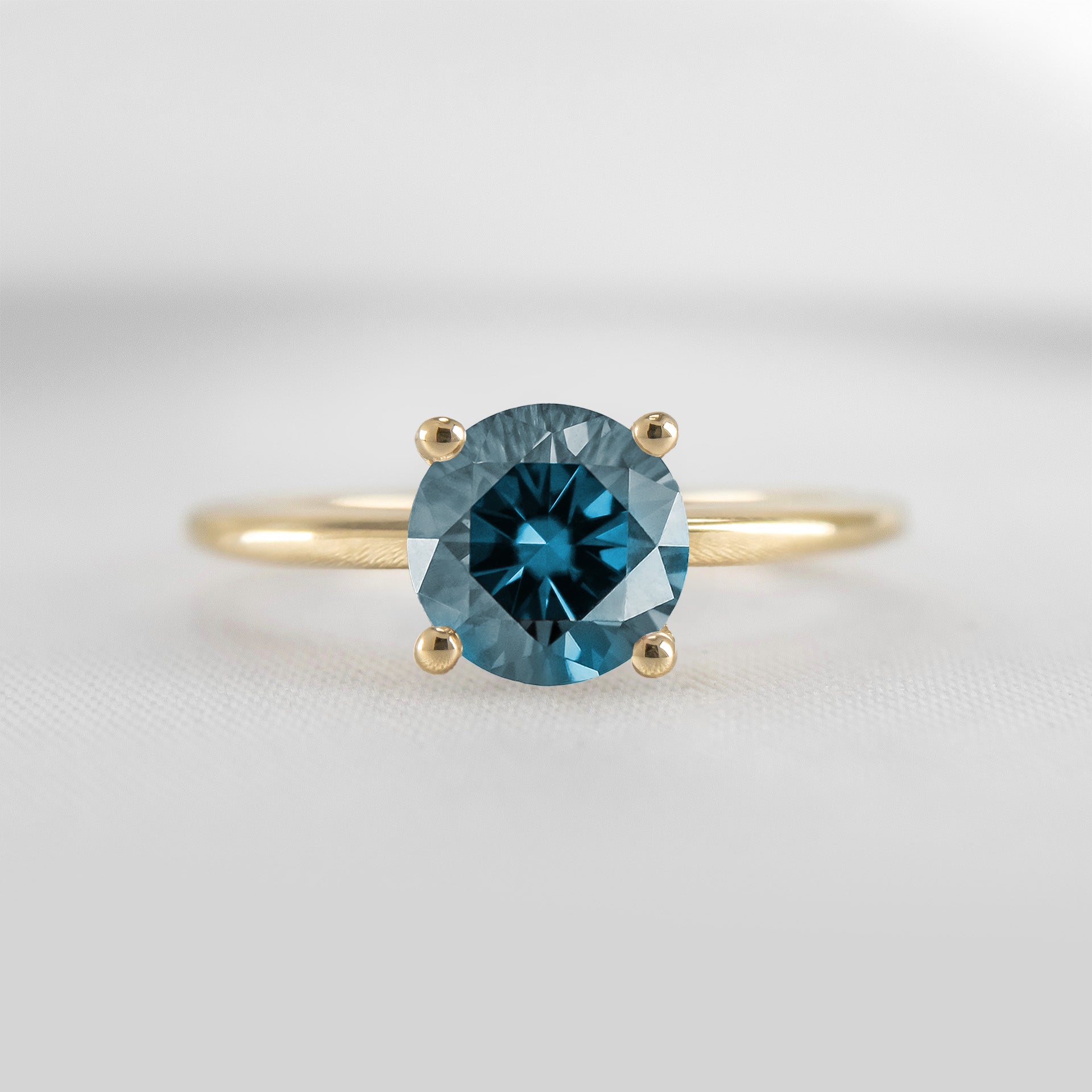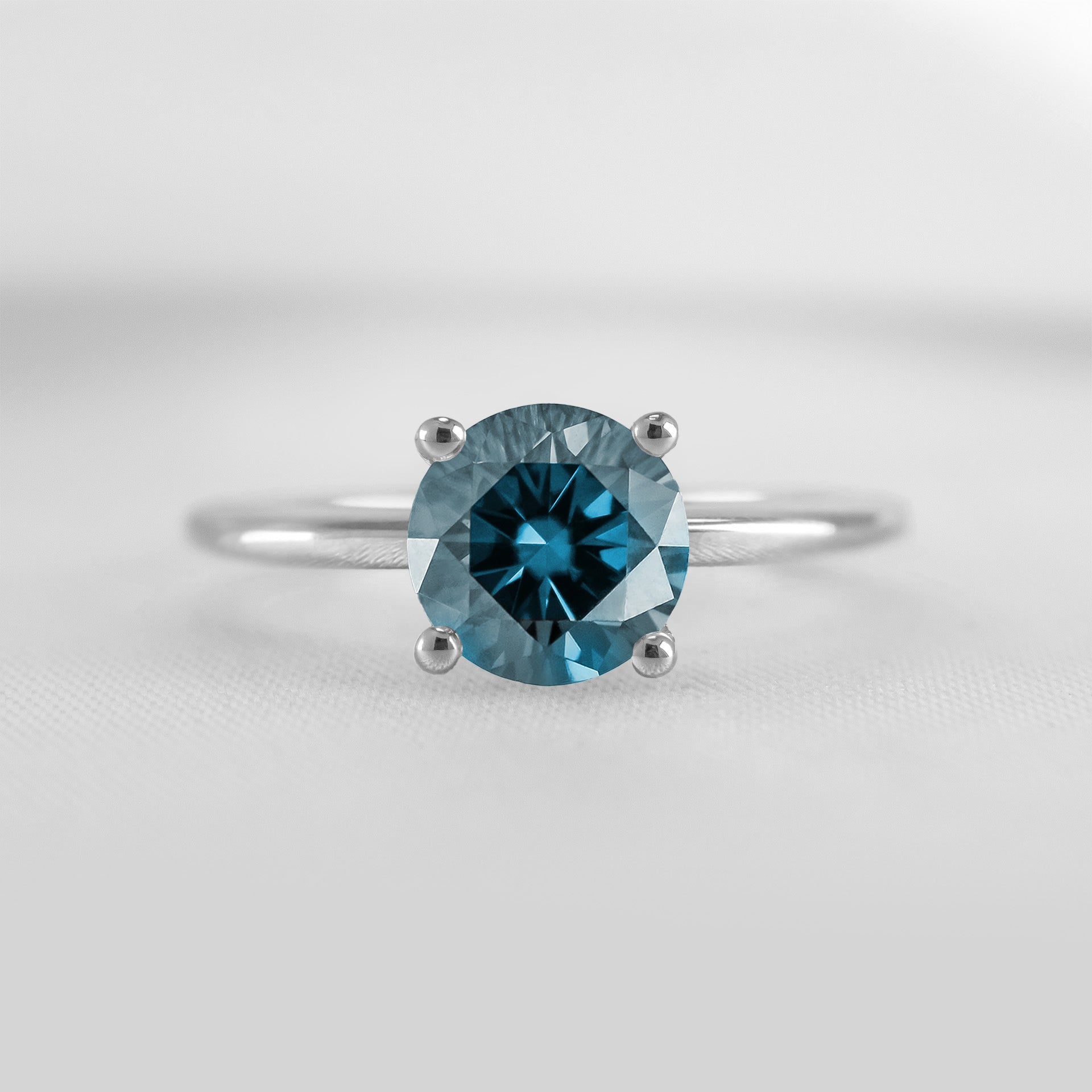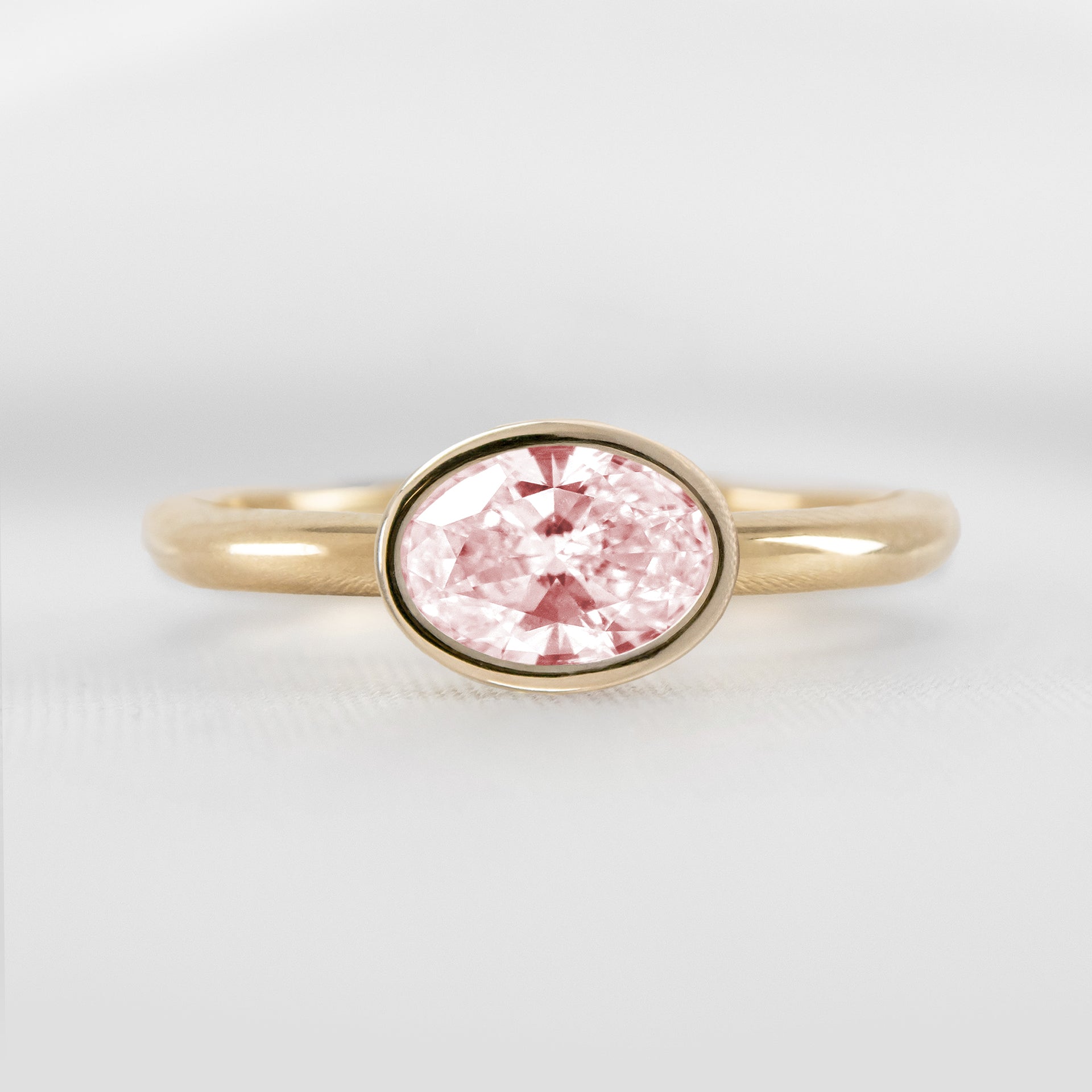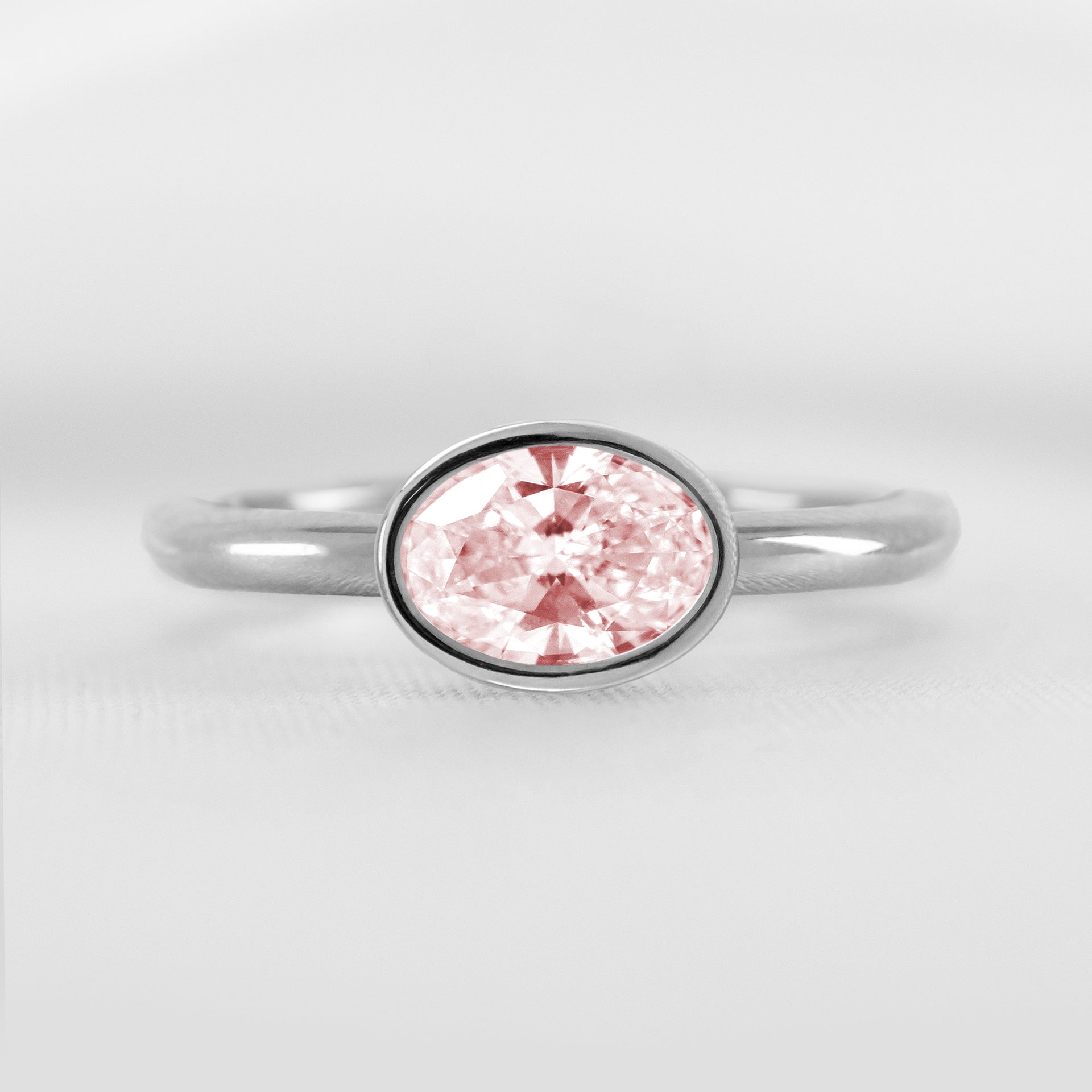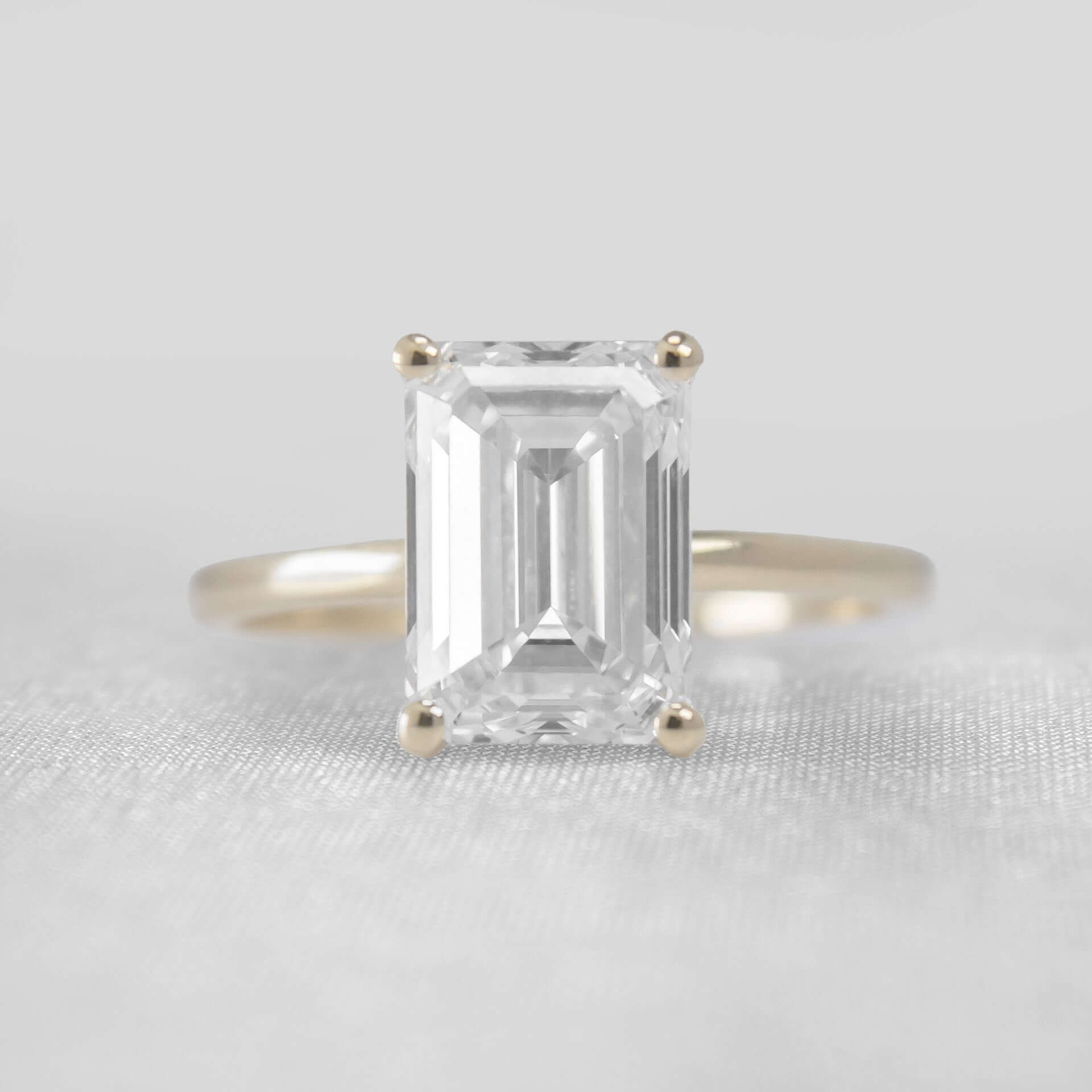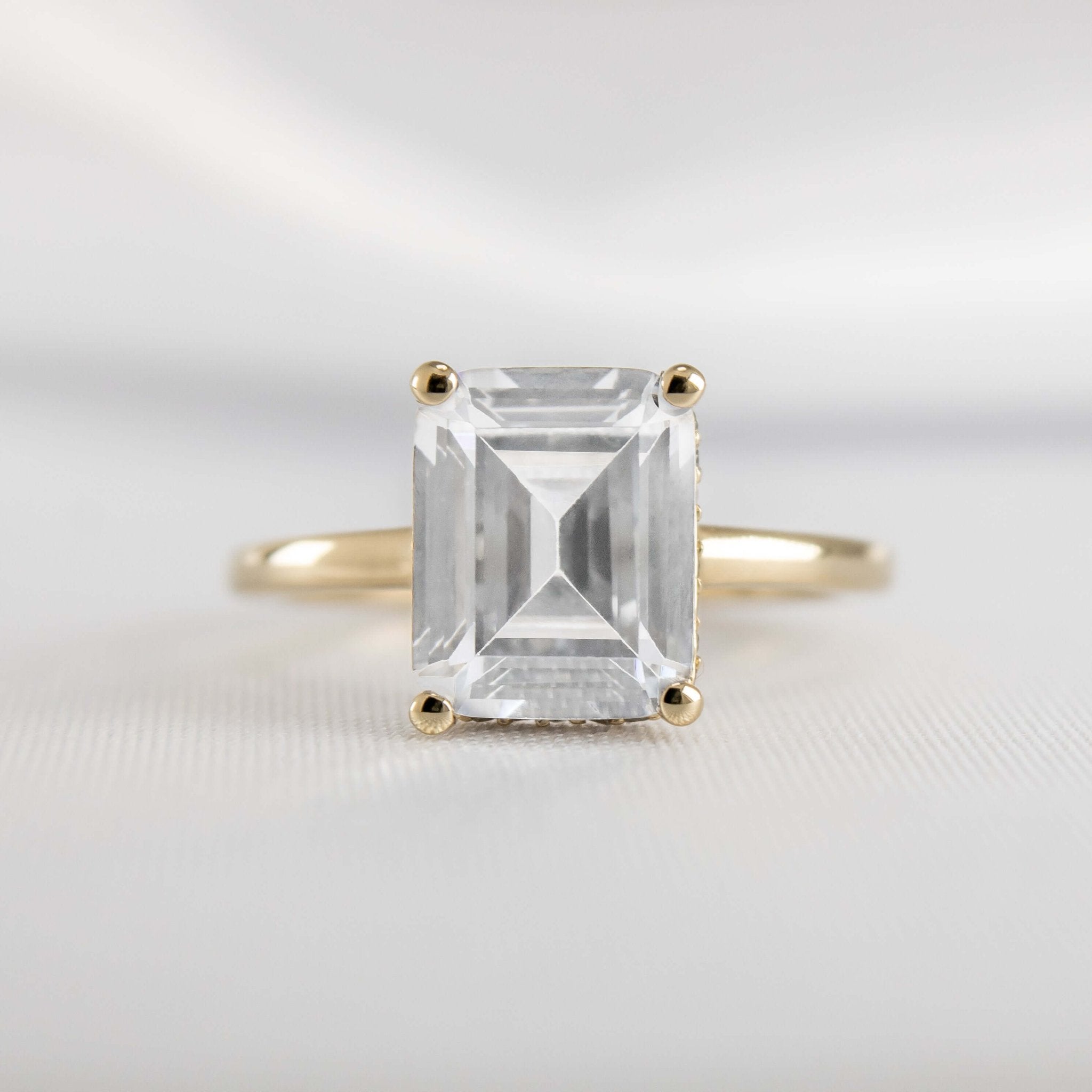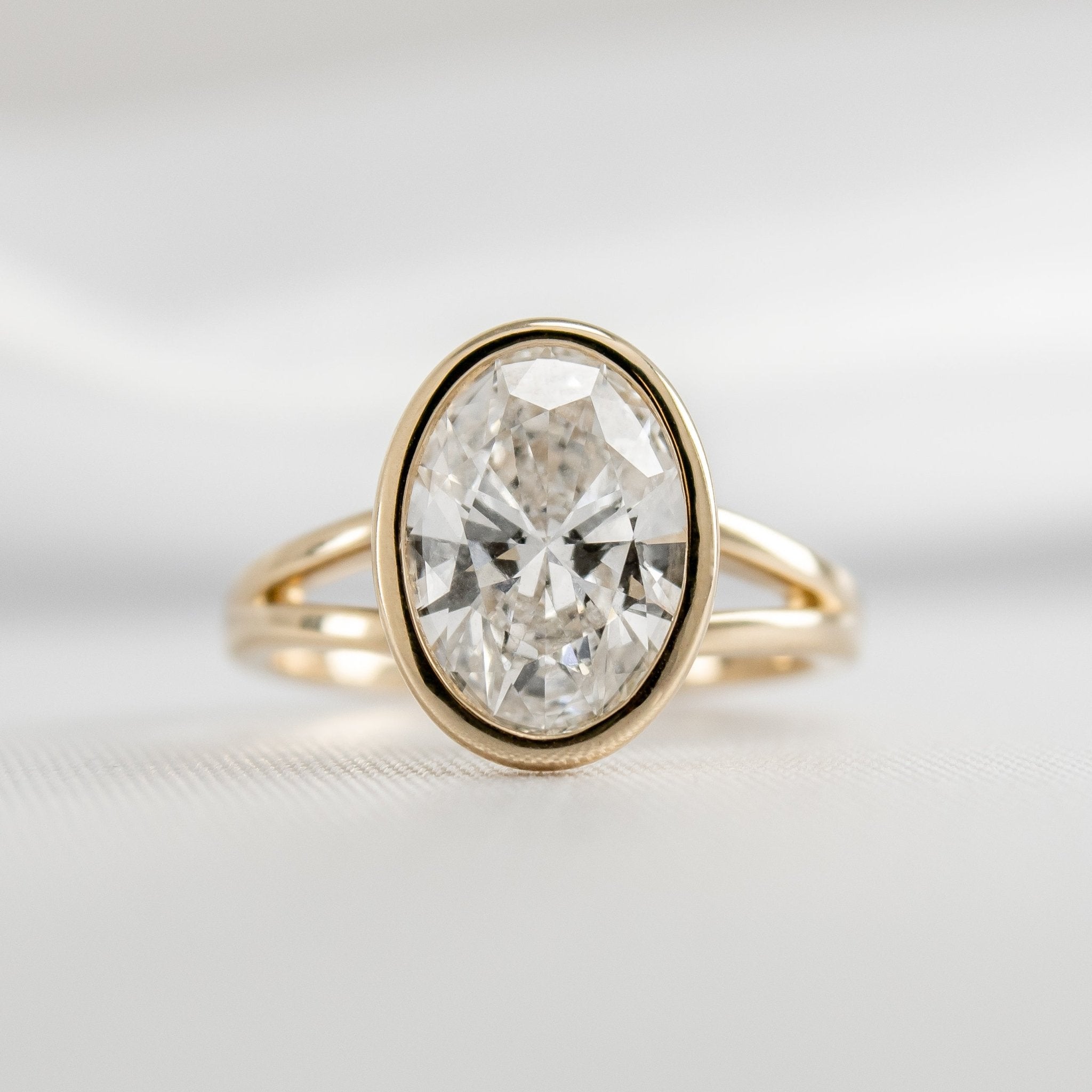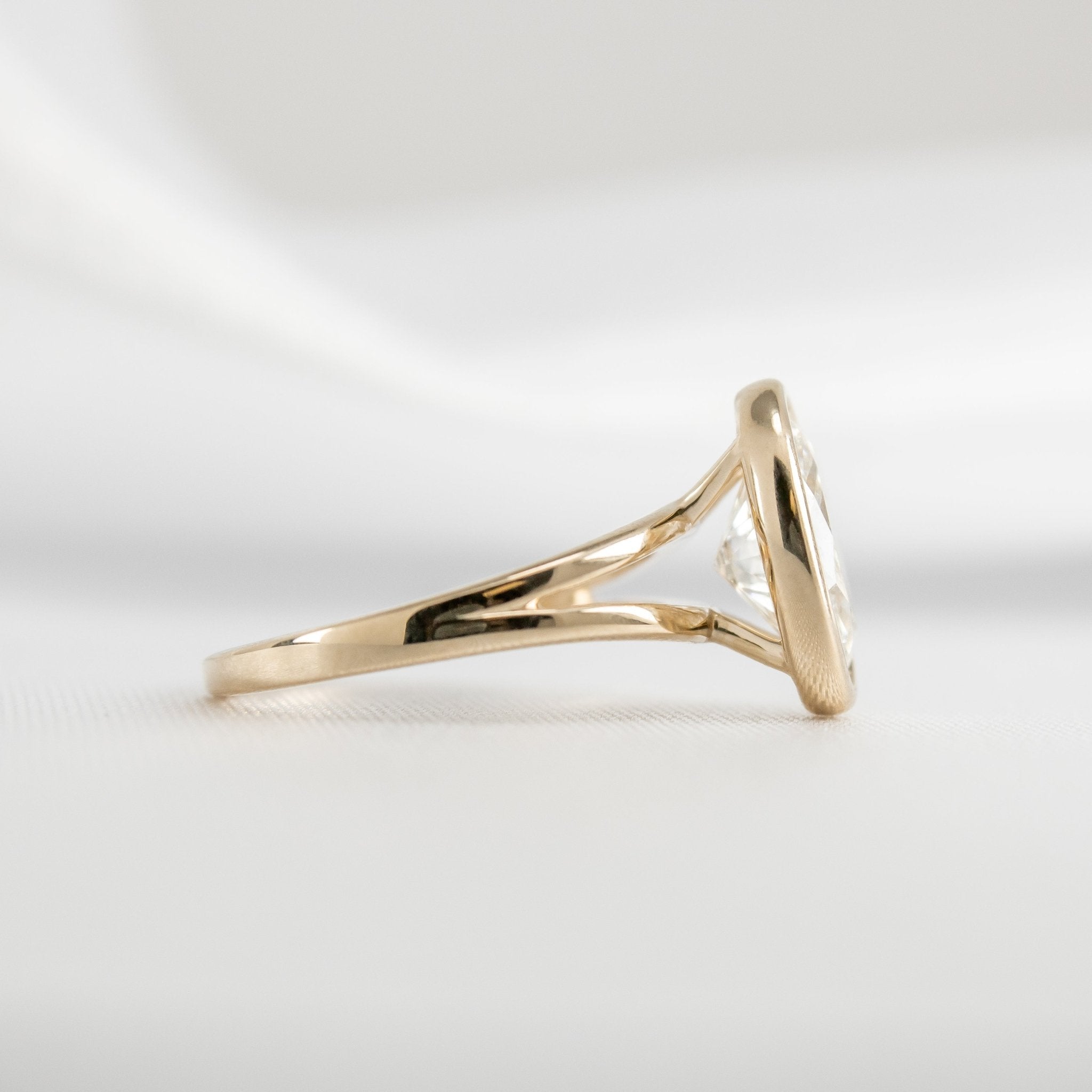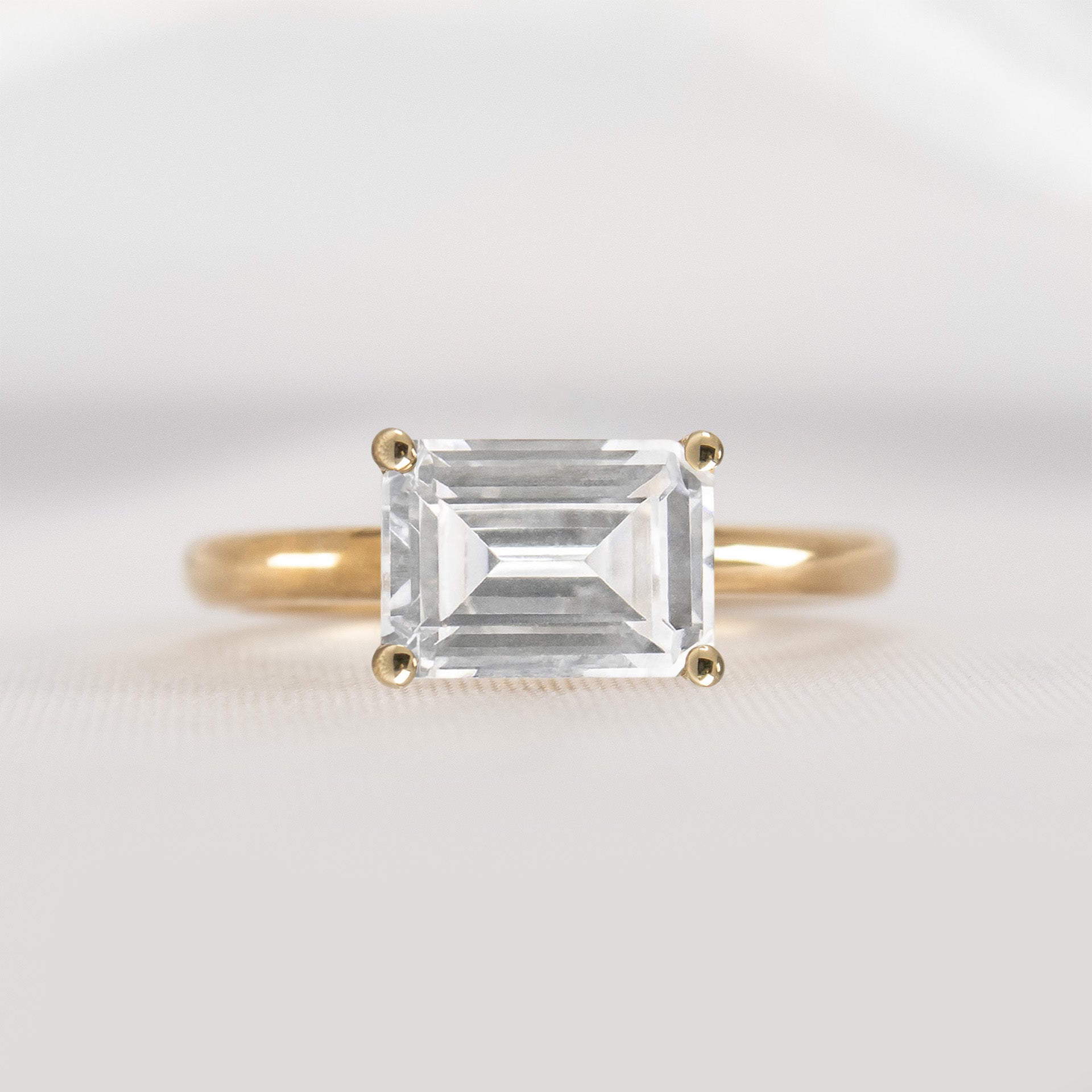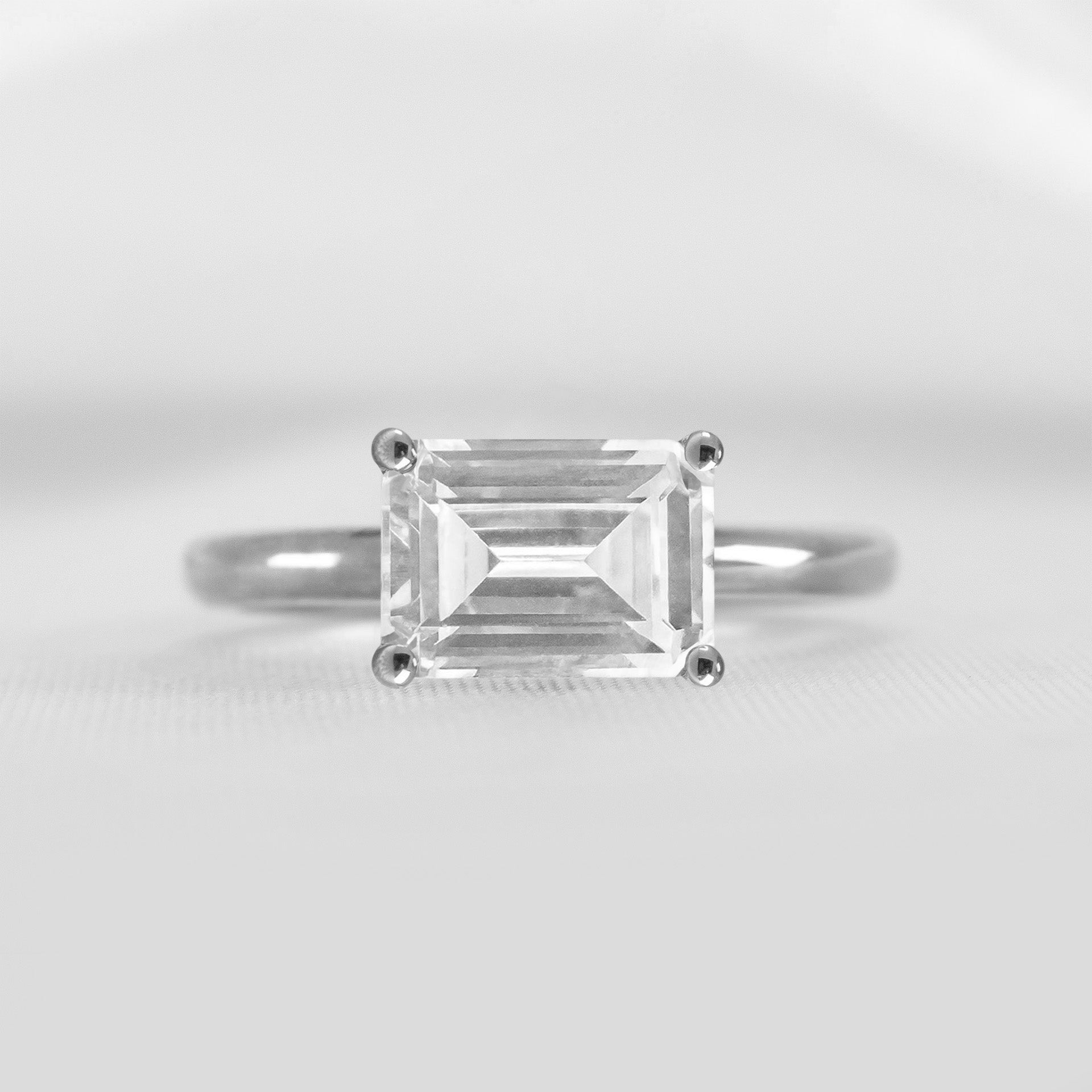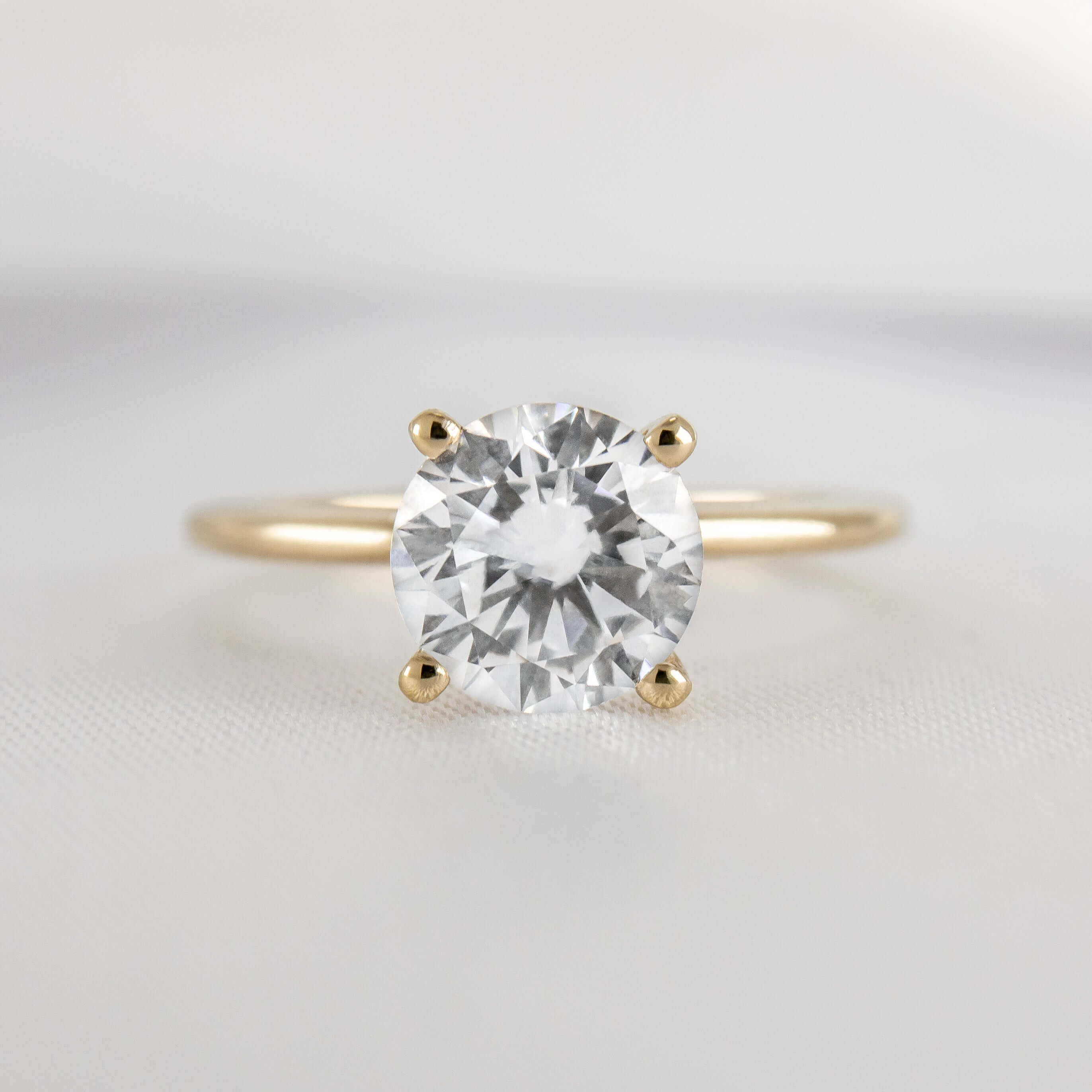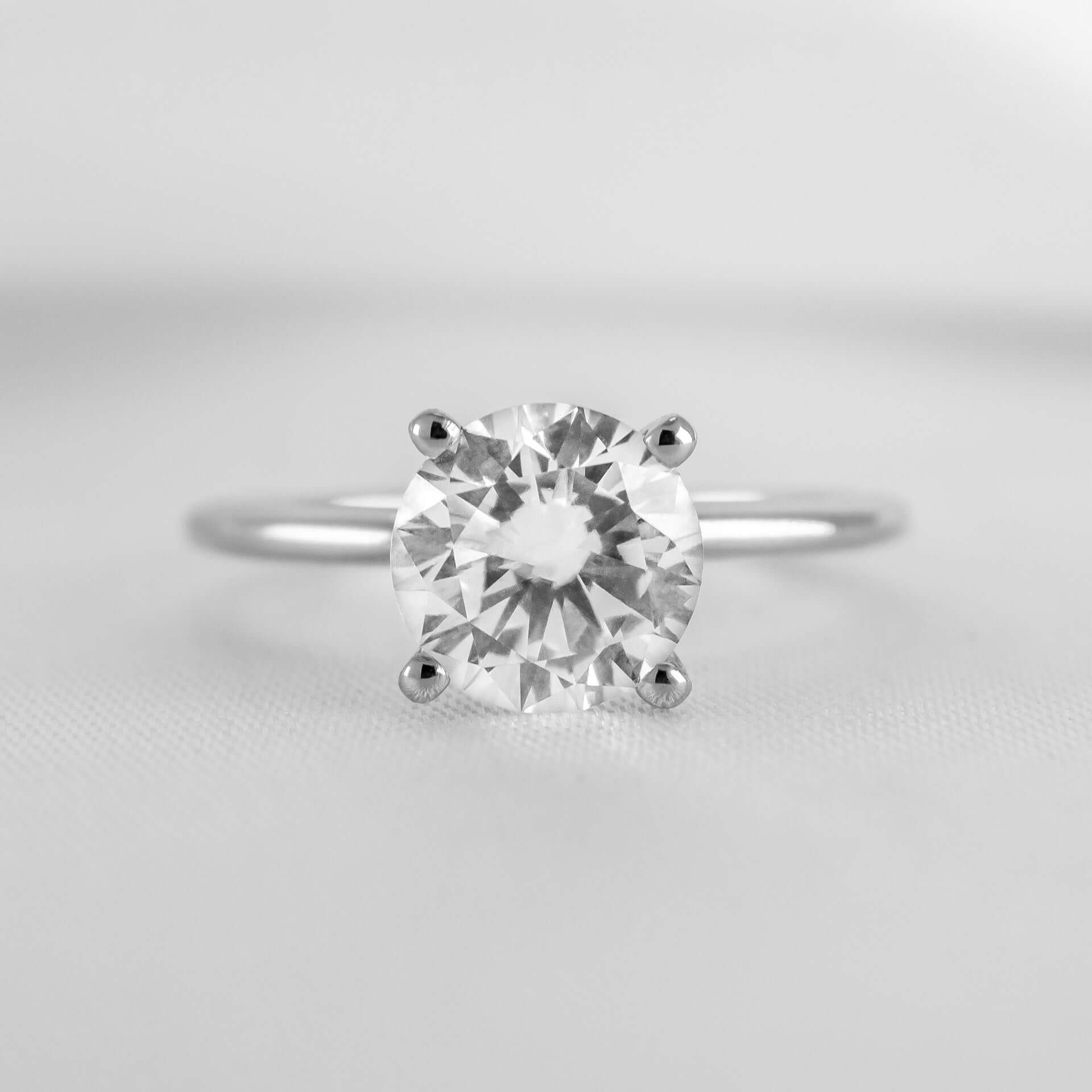Learning About Diamonds: The Ultimate Resource
Diamonds are not just gemstones; they’re timeless symbols of love, commitment, and luxury. Whether you're selecting an engagement ring or simply exploring this fascinating world, understanding diamonds begins with knowing what makes them special. Here’s your comprehensive guide to diamonds, their qualities, and how to choose the perfect one.
Diamonds are valued based on their rarity and beauty, which are determined by four key characteristics known as the 4Cs: cut, color, clarity, and carat weight. A diamond's value increases as the grades for each of the 4Cs improve. Our comprehensive guides provide detailed information on the 4Cs, including how they impact the cost of diamonds and how they can assist you in finding the perfect diamond within your budget.
What is a Diamond?
A diamond is a crystallized form of pure carbon formed under immense heat and pressure deep within the Earth’s mantle. These dazzling gems are revered for their beauty, brilliance, and durability—a combination that has made them a treasured possession for centuries. Lab-grown diamonds, on the other hand, are created in controlled environments but share the same physical and chemical properties as natural diamonds
Why Are Diamonds Valuable?
Diamonds are valued for their rarity, beauty, and emotional significance. The value of a diamond is determined by its quality, often assessed using the 4Cs—cut, color, clarity, and carat weight. Beyond these characteristics, diamonds also hold sentimental and symbolic value, making them an integral part of life’s special moments.




